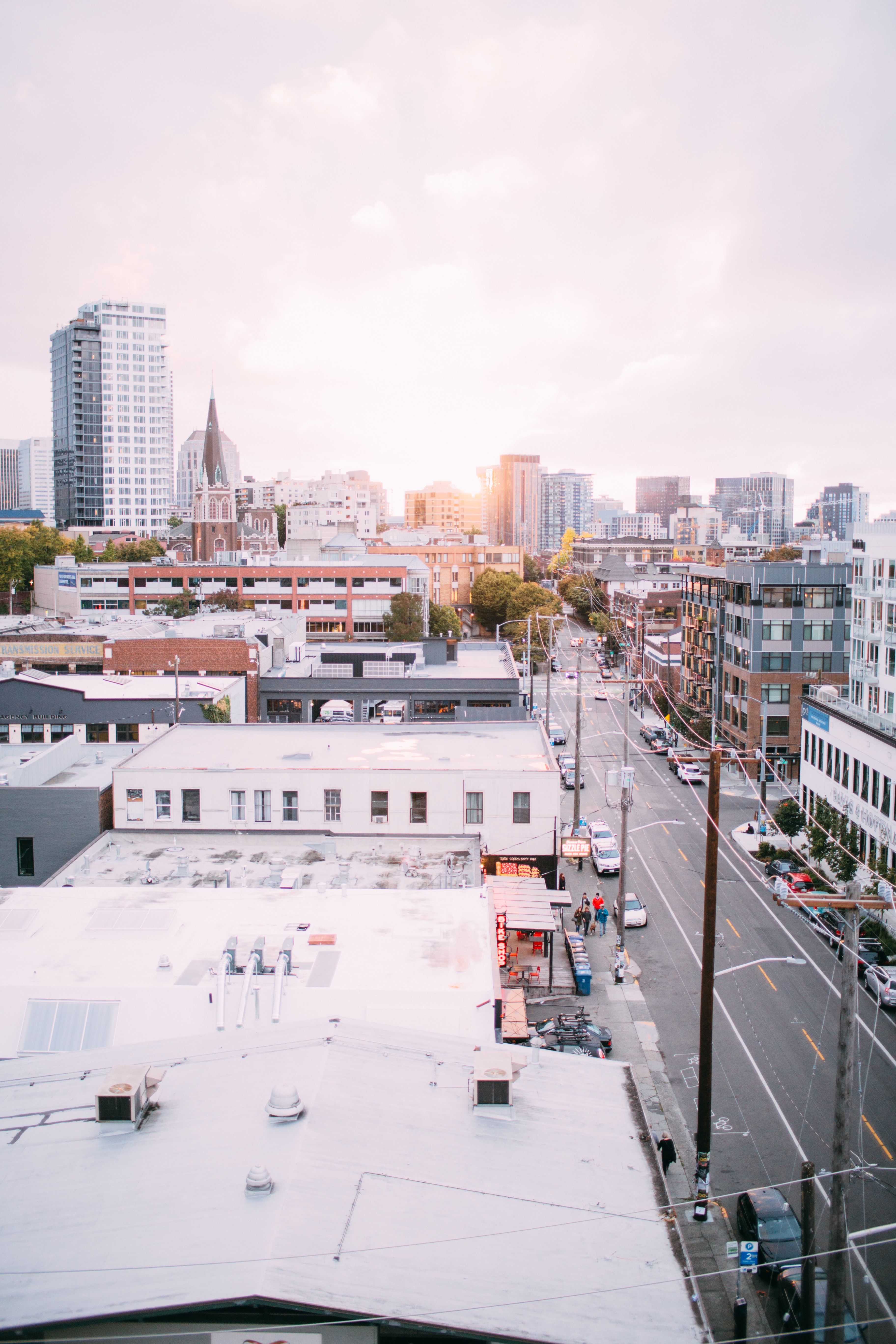
DID YOU KNOW?
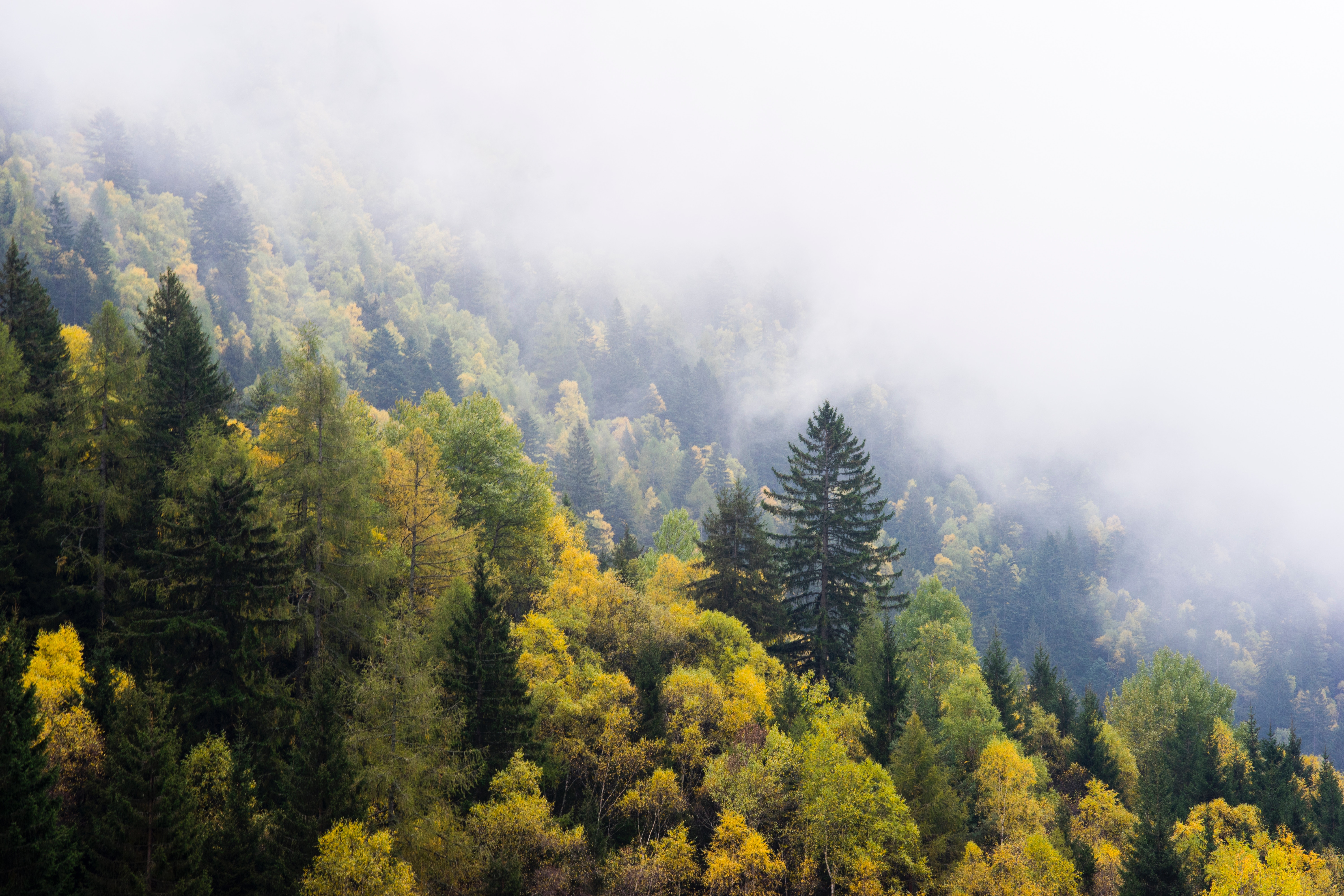
Trees have medicinal uses: 1 of 4 pharmaceutical products is plant-based. Some examples include extracts from the yew trees (Taxusspp.) used in chemotherapy drugs (“Taxol”), aspirin and creams
Trees provide food for people and animals (fruit, berries, and nuts)
Trees make the air more breathable by reducing particulate matter (What Trees Can Do to Reduce Atmospheric CO2 PDF)
By planting trees and shrubs, you can reduce noise pollution
Tree-lined streets increase traffic safety by making streets appear narrower
Trees capture carbon and become carbon ‘sinks’ which reduce the Greenhouse Effect

Trees’ root systems help prevent soil erosion, which prevents water pollution
Trees provide shade that cools water, benefitting certain species of fish (notably salmonids) – their roots and branches provide space for fish to hide from predators
Properties with trees are generally valued higher in the real estate market
Trees provide employment in the forestry field: foresters, arborists, lumber, research, tree workers, etc.
Trees provide recreation and attract tourists: hiking trails, campgrounds
Trees provide shade in the summer, which saves on air conditioning costs, conifers insulate homes in the winter, reducing heating costs
Trees shade asphalt, making streets and parking lots cooler and extend the life of the asphalt
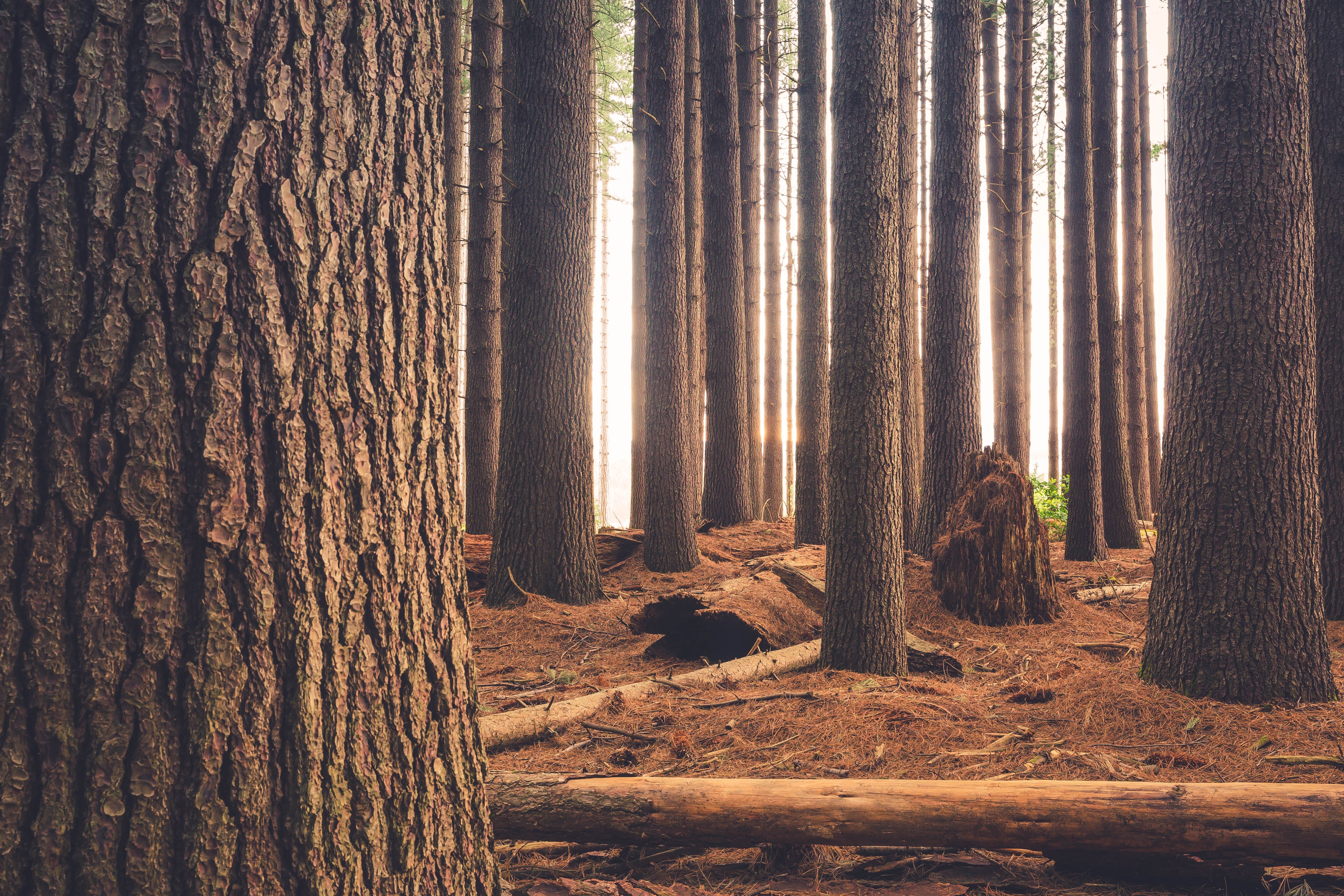
Trees planted in fields shield against wind and snow and help protect crops
Trees beautify the landscape and block out unattractive views
Trees provide shelter for wildlife
Trees provide health benefits such as stress reduction and speed the healing process
Trees bring us closer to nature and help us to reconnect with culture
Studies show that hospital patients with window view of trees recovered significantly faster and with fewer complications than comparable patients without access to such views.
Trees intercept rainfall and reduce run-off, thereby functioning like retention/detention basins.
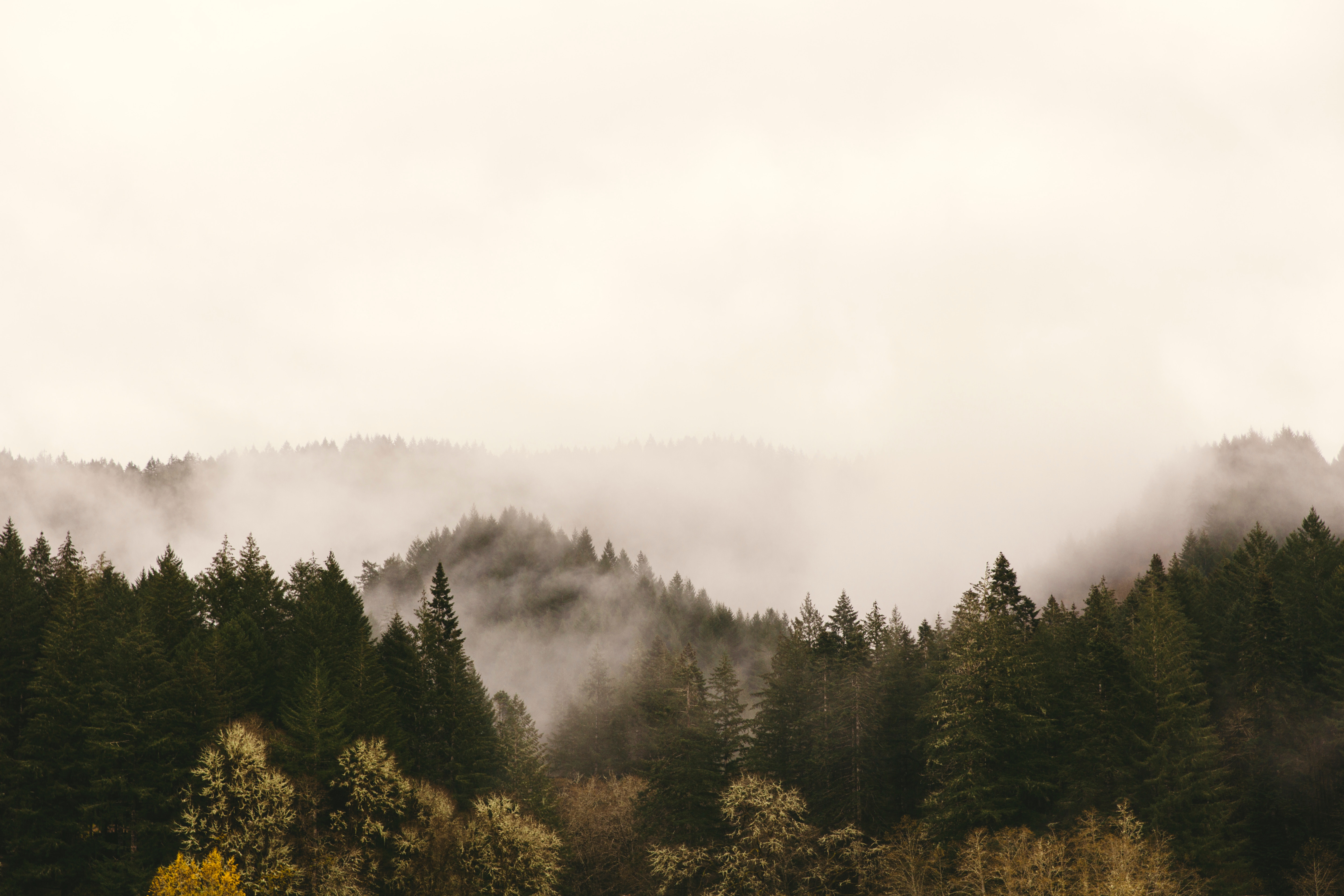
The psychological impact of trees on people’s moods, emotions and enjoyment of their surroundings may in fact be one of the greatest benefits urban forests provide.
One large tree can provide a day’s oxygen for up to four people.
You need about 500 full-sized trees to absorb the carbon dioxide produced by a typical car driven 20,000 km/year.
One large tree can lift up to 100 gallons of water out of the ground and discharge it into the air in one day.
WHAT ABOUT URBAN FORESTS?
Urban forests provide a broad array of well-known environmental, economic, and social benefits to these Canadians. For example:
Sequestering of gaseous air pollutants and particulates.
Energy conservation through transpirational cooling, shade, and wind reduction
Storm-water attenuation.
Noise buffering
Provision of wildlife habitat
Increased property value
Improved aesthetics, and
Psychological well being
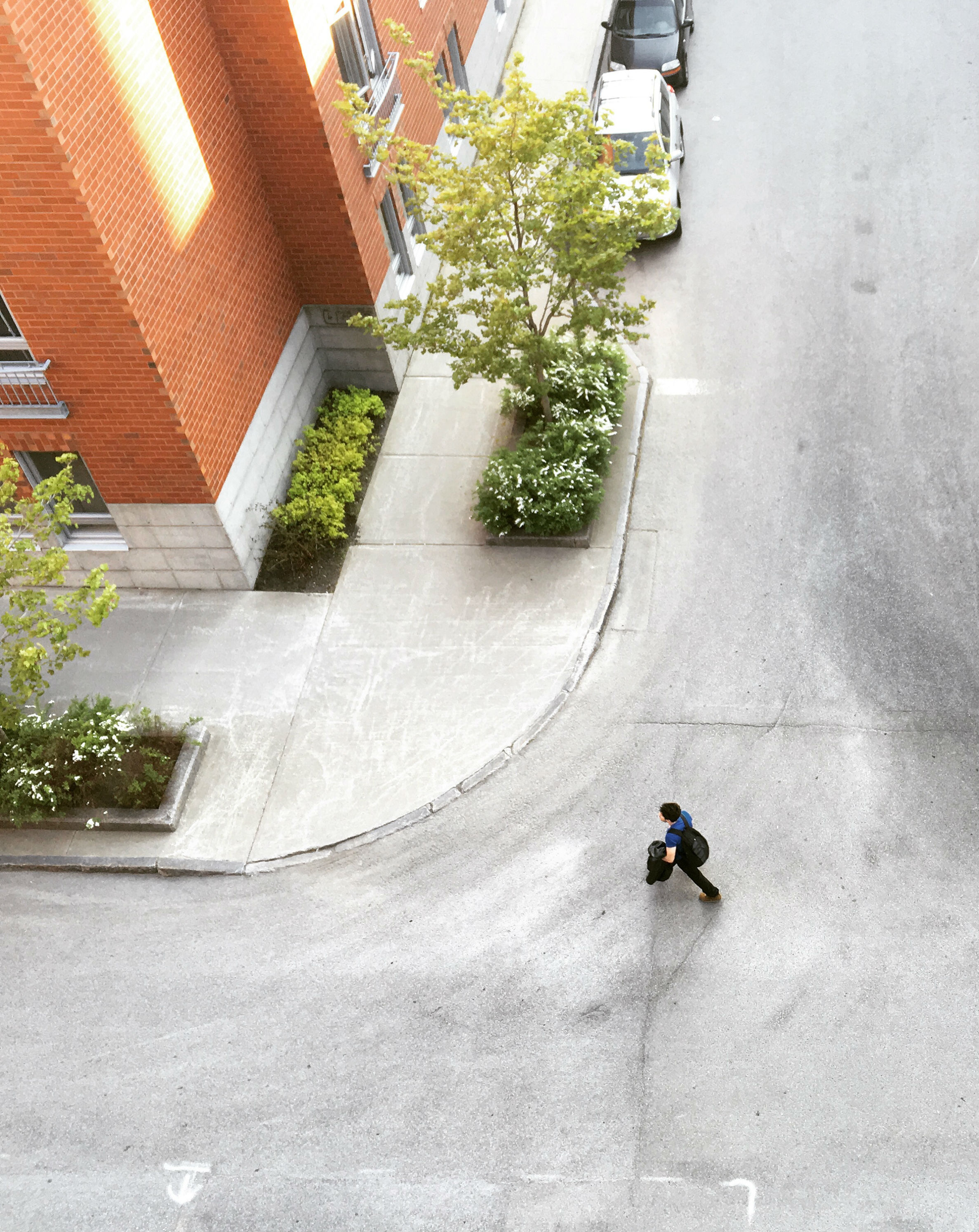
Urban forests have a substantial monetary benefit to the municipalities, provincial and federal governments (storm water attenuation, air quality mitigation, tourism, health care costs, etc.), to residents (property value, energy conservation, etc.) and business (tree care companies, nursery industry, aesthetics of retail areas). Internationally, many cities are recognizing that their urban forests will play an important role in their competitiveness to attract business and industry.
The benefits listed above accrue not only to the owners of the trees and forest but also to the entire community.
